Great Council of Chiefs
The Bose Levu Vakaturaga was a formal gathering of Fiji's indigenous (iTaukei) chiefs. It was established by the British Colonial Government in 1875 as an advisory body and named the Council of Chiefs (the term “Great” was added sometime later in the twentieth century). The complex at Draiba was completed in 2009 for Council meetings but was destroyed by fire ten years later. The North and South wings of the complex house the Ministry of iTaukei Affairs, Ministry of Lands and Ministry of Foreign Affairs.
Last updated on 17 Jun 2025
Narrated by Aisake Nagata
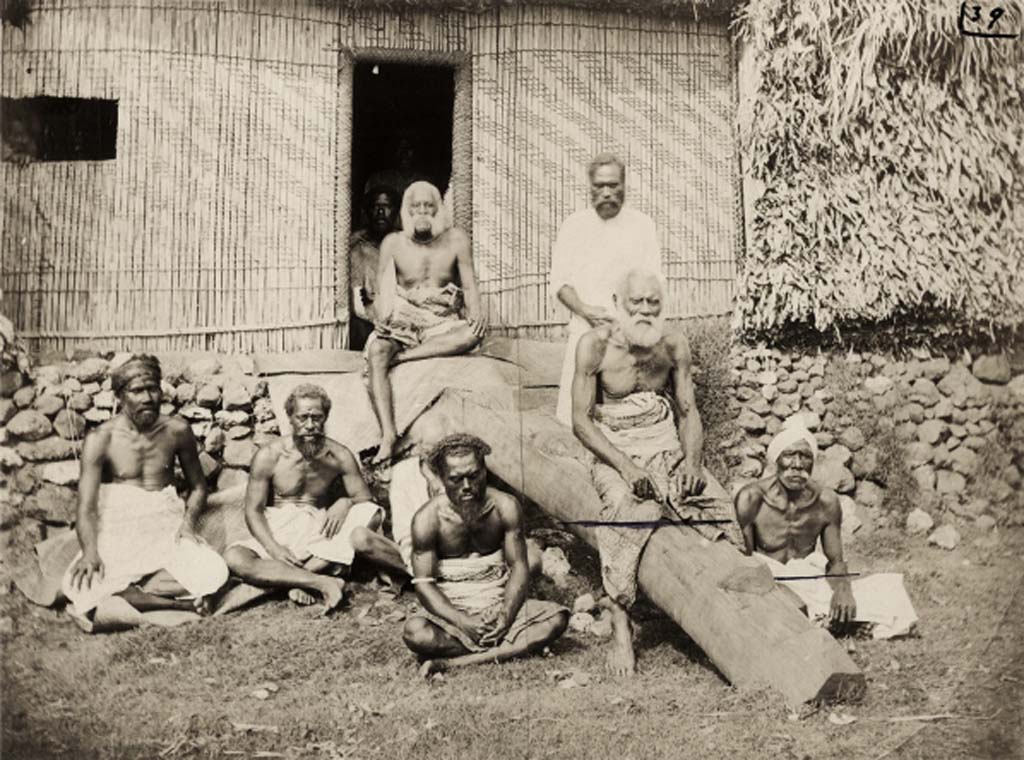
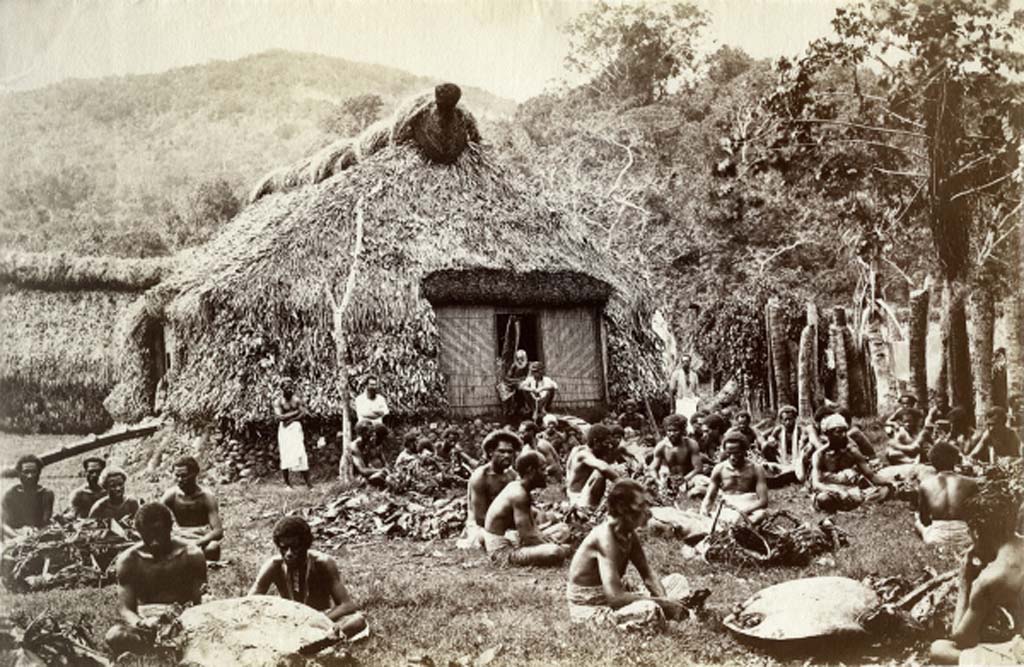
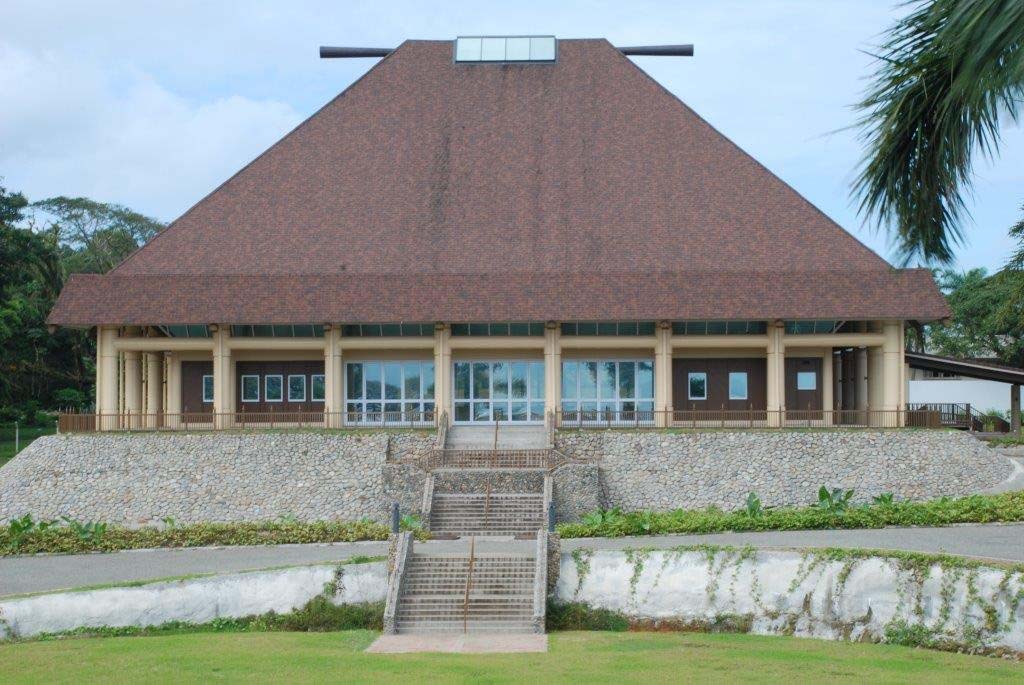


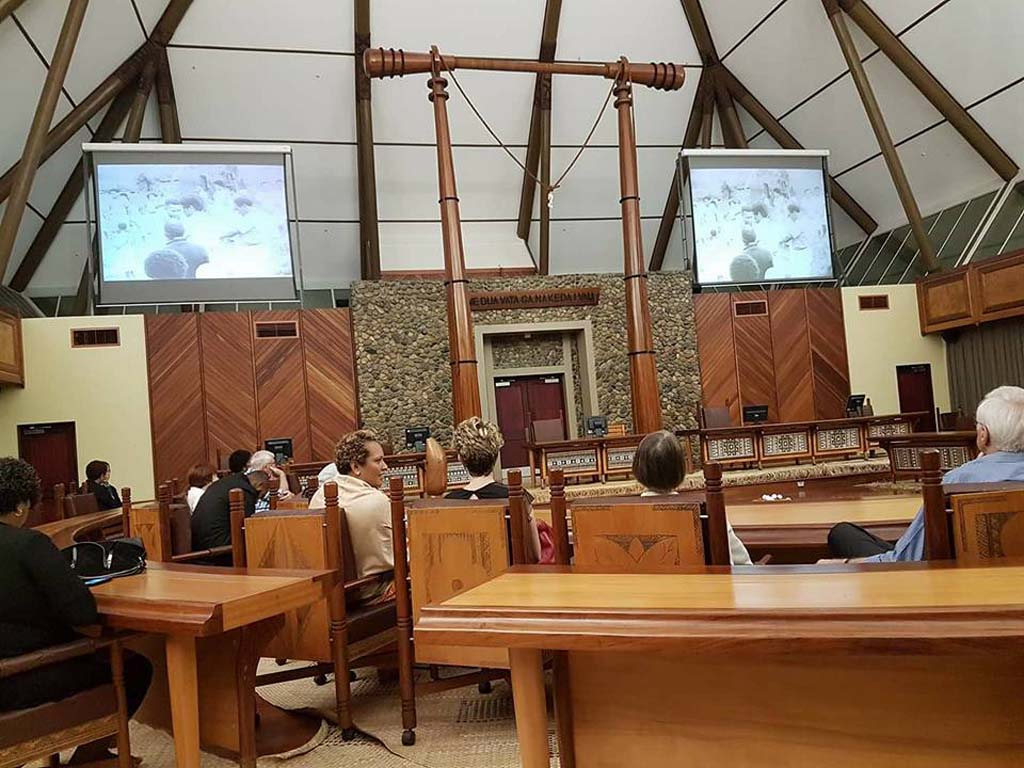
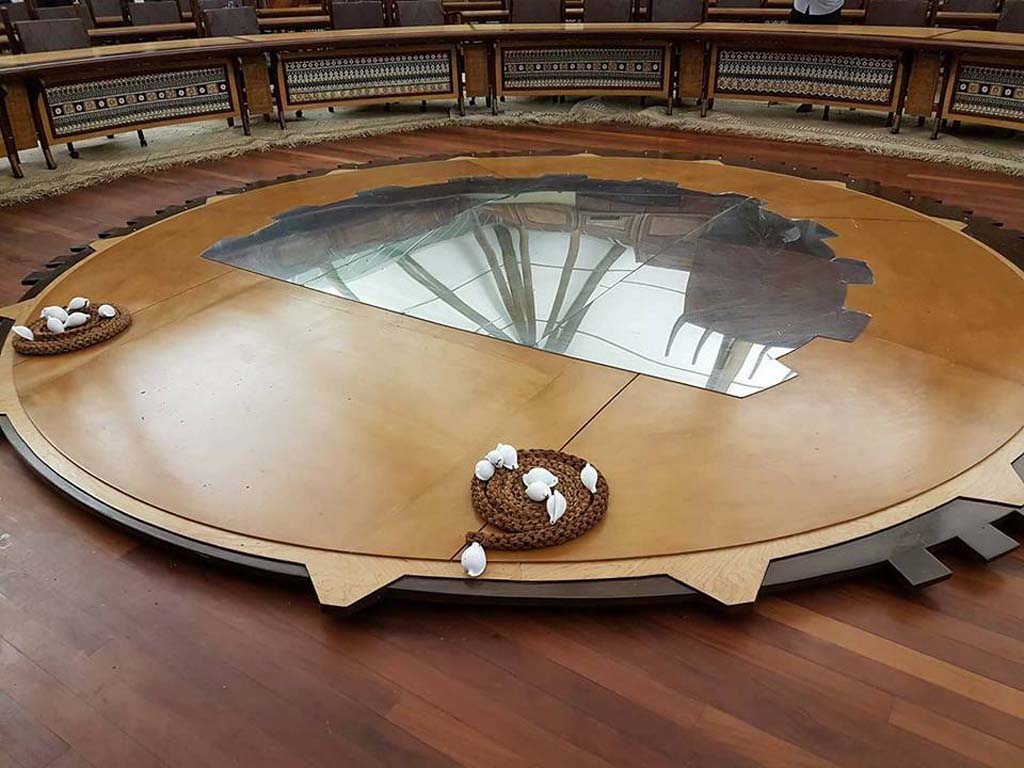
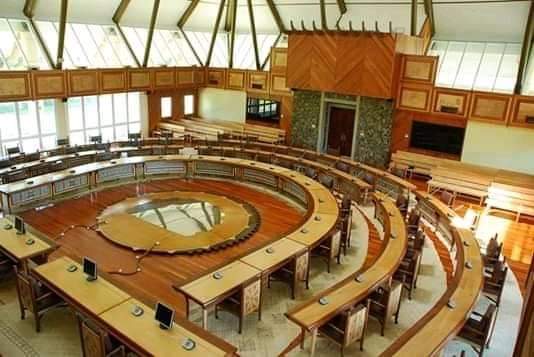
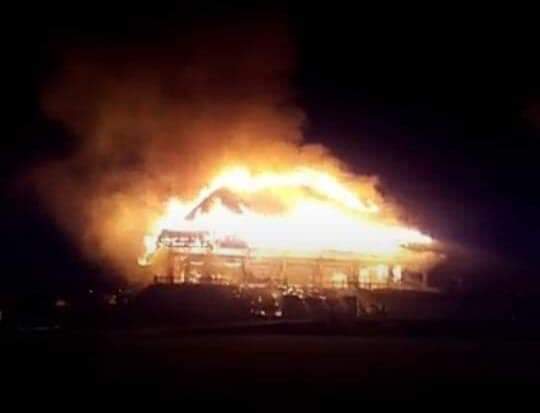

Timeline
1874
The Deed of Cession was signed in Levuka on 10 October. It ceded control of Fiji to Great Britain. Crucially the document was only signed by 13 Fijian chiefs – not all the chiefs of Fiji consented to this decision.
1875
Sir Arthur Gordon began work as Governor of the colony of Fiji in August. Months earlier, Fiji had been devastated by a measles outbreak which killed an estimated one-fifth of the population, chiefs and commoners alike. Gordon was concerned with the protection and preservation of the indigenous people, and considered chiefs as an important port of the administration of the colony through which the British could indirectly rule. He proposed a "Native Council” be formed as an advisory body. The first Council meeting was in Draiba, Levuka in September. It considered items such as “Native Provincial Regulations”, taxes, laws and punishments.
1876
Council meeting in Waikava, Vanua Levu in November. This meeting was the first one to be attended by the Governor. One of the key issues of discussion was a set of regulations that would be codified by the British as the “Natives Affairs Ordinance”. As part of his efforts to organise the administration of the indigenous people, Gordon had begun appointing administrative chiefs at the provincial level (known as Roko Tui) and the district level (known as Buli). The chiefs composed a message which was addressed to the Queen, which would become a feature of subsequent council meetings.
1877
Council meeting in Rewa in December. This was the first time that “Resolutions” were recorded by the Council. The chiefs agreed on 29 Resolutions. Gordon instructed the Council to come to an agreement on a traditional system of land tenure.
1878
Council meeting in Bua, Vanua Levu in November. Gordon did not attend the meeting, but crucially a resolution on “mataqali” as a universal term was passed.
1879
Council meeting on Bau Island in December. That same year, Indian indentured labourers began to arrive to work on sugar plantations (a strategy by the British colonial government to protect the indigenous population from being exploited as labourers). One of the decisions made by the Council was to establish an industrial school for Fijian youth called “Vulinitu”. It would later be renamed Queen Victoria School in 1906.
1880
Council meeting in Mualevu, Vanua Balavu, Lau in November. Discussions on land were prominent as the chiefs argued for the return of their resources especially their land and qoliqoli. This was likely in response to the establishment of a Land Claims Commission by the British that same year which was tasked with registering land ownership in Fiji.
1881
Council meeting in Nailaga, Ba in November. This meeting lasted 20 days, and included a report of the Council of Chiefs to the Governor, and an address to the Queen. A “Native Lands Ordinance” was promulgated by the British colonial government that year.
1882
The land at Draiba on which the complex is now situated was set aside for quarters for officials of the Fijian Affairs Board and some senior civil servants, after the capital was relocated from Levuka to Suva. There was no council meeting that year.
1883-1896
Council meetings are held regularly in Ra, Kadavu, Nadroga, Gau, Suva, Vanuabalavu and Bua.
1902
From 1902 onwards the majority of meetings are held in Suva, often at Veivueti House in Suva. Key decisions were communicated in the official Fijian language paper Na Mata. Veivueti House housed the Fiji Museum collections in 1919 after a fire at the Town Hall. Today it houses the office of the iTaukei Trust Fund Board and the iTaukei Affairs Board.
1904
The Council of Chiefs were entitled to submit 6 nominations to the Governor who would then appoint 2 Fijian members to the Legislative Council, the peak governing body in Fiji at the time.
1924
The Great Council of Chiefs celebrated its Golden Jubilee in Nasova, on the Island of Ovalau on 10 October. They nominated 3 chiefs to visit England to express the humble loyalty of Fijian people to His Majesty. They were Ratu Jone Rabici, Ratu P. Veli and Ratu Sir Lalabalavu Sukuna.
1930s-1940s
Debates continued in the Council on a range of issues, including land tenure, education, and development. The Council also debated about the growing Indo-Fijian population, descendants of the girmitiyas who remained in Fiji after indenture was ended in 1920.
1943
Ratu Sir Lala Sukuna was appointed Secretary for Native Affairs, the highest position in the colony for an indigenous Fijian. In this role Sukuna is credited with a number of reforms to the Fijian Administration as a whole.
1944
The Fijian Affairs Ordinance was promulgated, creating a Fijian Affairs Board. This Board was the executive committee of the Council of Chiefs and also a committee of the Legislative Council. It consisted of 6 Fijian members, a secretary for native affairs, and two Europeans (one legal advisor and one financial advisor). The main function of the board was to oversee the welfare of Fijian people.
1948
Responding to a proposal by the Soqosoqo Vakamarama, the Council recommended to the government to establish a government school for Fijian girls. Adi Cakobau School was founded at Sawani on the outskirts of Suva.
1963
The Council accepted the recommendations of a special committee it set up to strengthen the powers of the provincial councils by having direct election of the majority of their members by residents of local constituencies, by empowering them to pass bylaws, and by extending their powers and duties.
1965
A woman was allowed to become a member of the Council for the first time. Adi Maraia Pickering Mataitini was elected by the Soqosoqo Vakamarama.
1970
Fiji's first Constitution, adopted upon independence in 1970, gave the Council the right to nominate eight of the twenty-two members of the Senate. The Council also had a veto over any legislation affecting Fijian interests.
1986
Council meeting in Somosomo, Taveuni. Members of the public were allowed to listen in the meetings for the first time ever. One of the Council members and leader of the Alliance Government, Ratu Sir Kamisese Mara, lost the Fijian national general elections that year.
1987
Colonel Sitiveni Rabuka carried out a military coup. The Council reverted to being an exclusively aristocratic body, its membership reserved to high chiefs. Rabuka argued that hereditary chiefs should retain paramount decision-making power. Following the 1987 coup, the Council met only twice.
2000
A second coup was led by George Speight and the Council worked with mixed success to regain its independence.
2001
The Great Council of Chiefs dismissed 1987 coup leader and former Prime Minister Sitiveni Rabuka from its Chairmanship. Planning to construct a permanent building for the Council began the same year under the Qarase government.
2007
In April the interim Prime Minister Commodore Voreqe Bainimarama suspended the Council and called for a total review.
2009
The complex at Draiba was officially opened by President Ratu Josefa Iloilovatu. The construction of the complex was financed by the Fijian Trust Fund.
2012
On 14 March 2012, Bainimarama announced that President Ratu Epeli Nailatikau had "approved decrees that formally de-establish the Great Council of the Chiefs".
2019
On the night of the 11 December, the building was destroyed by a fire.
2023
A new government in Fiji announced the re-formation of the Great Council of Chiefs.
References
Dufty, F.H. 1876. Museum Archaeology and Anthropology. Accessed August 10, 2018. http://maa.cam.ac.uk/photo-great-council-of-chiefs-p-99842-vh/
Fiji Museum Facebook Page, https://www.facebook.com/fijimuseum/
Kamea, J. 2020. “Adi Maraia elected to council”, Fiji Times, 16 June.
Lal, Brij.V. 2016. Historical Dictionary of Fiji. Plymouth: Rowman and Littlefield.
Palmer, R. 2009. The Great Councils of Chiefs. iTaukei Affairs Board.